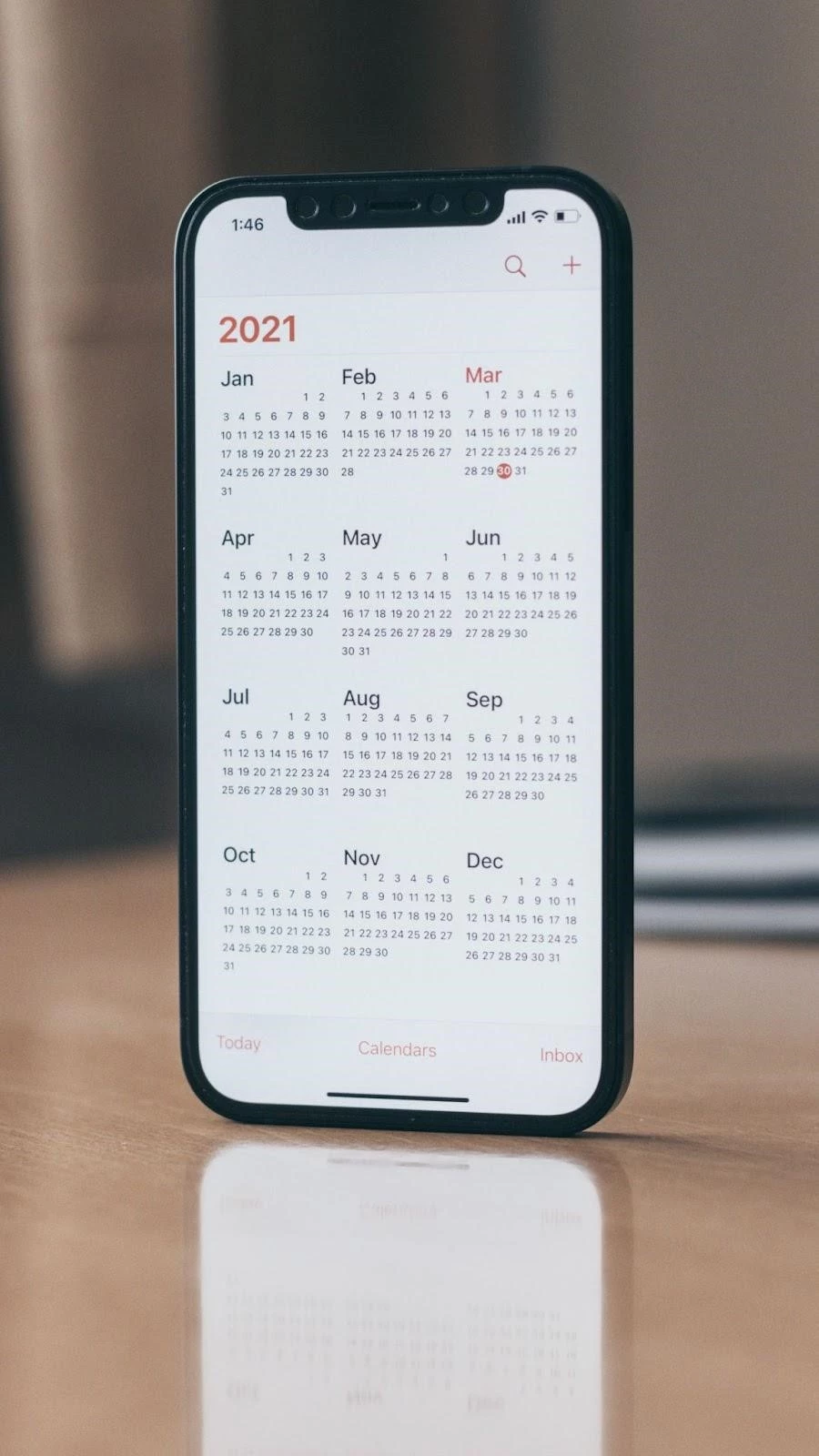 RKIO
×
RKIO
×
Gerald A. | Jul 25, 2022
Hourly work and proper scheduling go hand in hand. You can’t have one without the other. For a manager with a team of hourly workers, it may become tiresome knowing when to send who and where without a proper schedule.
With these tips you can manage schedules better and ease your workload, make delivery of work seamless for clients and make jobs easier for your workers.
To manage the schedules of hourly workers well, start off by understanding the jobs that need to be filled.
You should be able to answer what gaps in human resources are present in an organization, where the need is (location) and what times the hourly worker will be needed.
Once you know what jobs are required, look at the pool of hourly workers you have available to you. Assess the skills they have in order to gauge their suitability for the available jobs. If you find that the talent doesn’t match the job requirements, take the time to recruit workers with different skills or, if possible, train the ones you already have and upgrade their skills.
This labor and skills audit serves another function. It helps you plan for which workers will go to given locations. As a manager, you want to plan the schedule with consideration for your workers. In many cases, transport to and from work will not be provided for your workers. So assigning them jobs closer to their locales will reduce instances of absenteeism and reduce disruptions to your schedule.
It is important to remember that a schedule involves more than the manager. To manage the schedules of hourly workers efficiently, get their input before creating the schedule. According to one study, nearly 45% of employees felt they have no say in determining their schedules. This can lead to employees opting out of the work entirely.
Setting up a schedule that doesn’t work for your workers will only lead to stress on both the managers and workers. In the end this will result in poor delivery to clients.
Don’t just limit communication with your workers to work affairs. Check in to have a chat once in a while. This will help to build a relationship between you and your workers. You will learn their interests and be better able to match them with jobs they will enjoy doing.

Do communicate about jobs that you hear about outside of your organization. Your workers will appreciate you looking out for them. This resulting loyalty will improve more than just the quality of work. Your employees will feel like your partners and will be more willing to come through for you as well. For instance, they may agree to come in a few hours earlier to do a job that came up on short notice.
Lastly, remember that communication is a two way street. Establish channels for hourly workers to reach you whenever they need to. There should never be a situation where a worker needs to reschedule a shift and can’t reach their manager to let them know.
There are numerous tools and software on the market to help you create schedules and to manage them. But tech serves more than this purpose. It helps you to collect data. This data can help you to determine trends like when your business is most busy and thus when you will need the most workers.
Trends will also help you to create schedules that are fair to all employees. You will be able to avoid overworking some staff while perpetually giving others the lightest shifts.
Technology helps your workers take greater control of their schedules. At some point, having to call to update staff about changes may no longer be feasible. But with the right technological tools, your workers will be able to check in and see when they are needed.

A stand by pool will help you manage the schedules of hourly workers effectively. This pool is a group of your most flexible employees who can come in and do a job on short notice.
Having these employees on the ready will relieve the pressure of looking for a replacement when someone is suddenly unable to work. You may be required to pay a premium fee for these employees but it saves you from losing the job entirely and disappointing your client.
A schedule for hourly workers is not a one and done thing. Proper management requires reviewing it on a regular basis to accommodate any changes or to optimize it.
Changes can come as a result of new information from your client or new business needs. For instance, the audit season normally requires more staff in the accounting department. In the hospitality business, off peak seasons require less manpower and this means there will need to be a change in the schedule.
A regular review puts you in a better position to plan for your man power needs.

Despite the best plans, some situations may occur where you need to make changes in the moment. In these situations, a key to managing schedules of hourly workers is to remain adaptable.
One such situation was the COVID pandemic. A lot had to change, from the hours people could work to the way they could work.
Labor laws regarding hourly and part time work are changing across the world. As a manager, all these will affect your scheduling. Remain adaptable and you will be able to stay afloat.
Whether you work as a recruitment officer in a company or you manage a team of hourly or part time workers, you need to have a carefully planned schedule. When schedules of hourly workers are managed well, the benefits can be felt across the organization.
First, workers are better prepared for jobs and have a way to communicate if there are changes. Secondly, managers are on top of everything. With a great schedule, they can have a clear outlook on their work for weeks and sometimes months in advance. This sets both managers and workers up for success. And once these two are doing their best work, clients enjoy better service.